Space
-
Making a Moon Mission
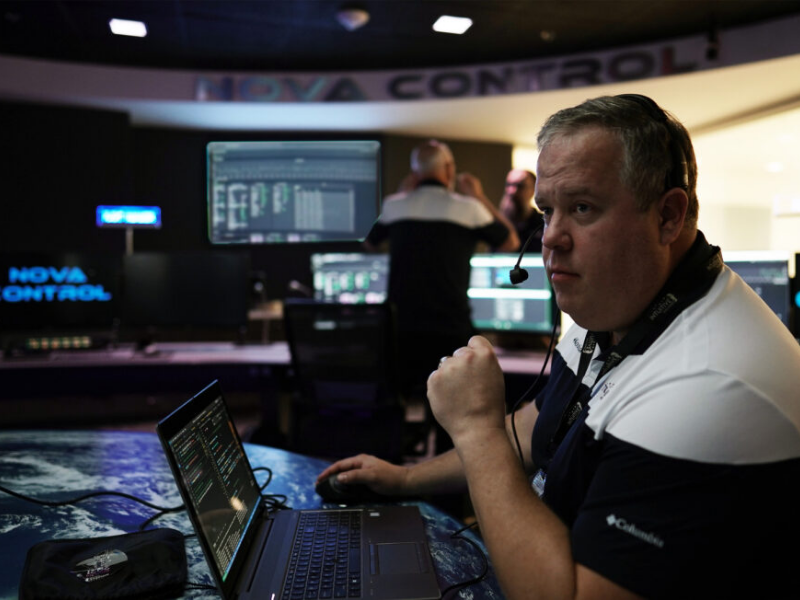
For the first time in over 50 years, an American spacecraft has landed on the Moon. Overnight, the lunar lander Odysseus—called Odie for short—became a household name.
-
Biomanufacturing Blasts Off: Collaborative Effort Sends Radiation-Resistant Samples to International Space Station
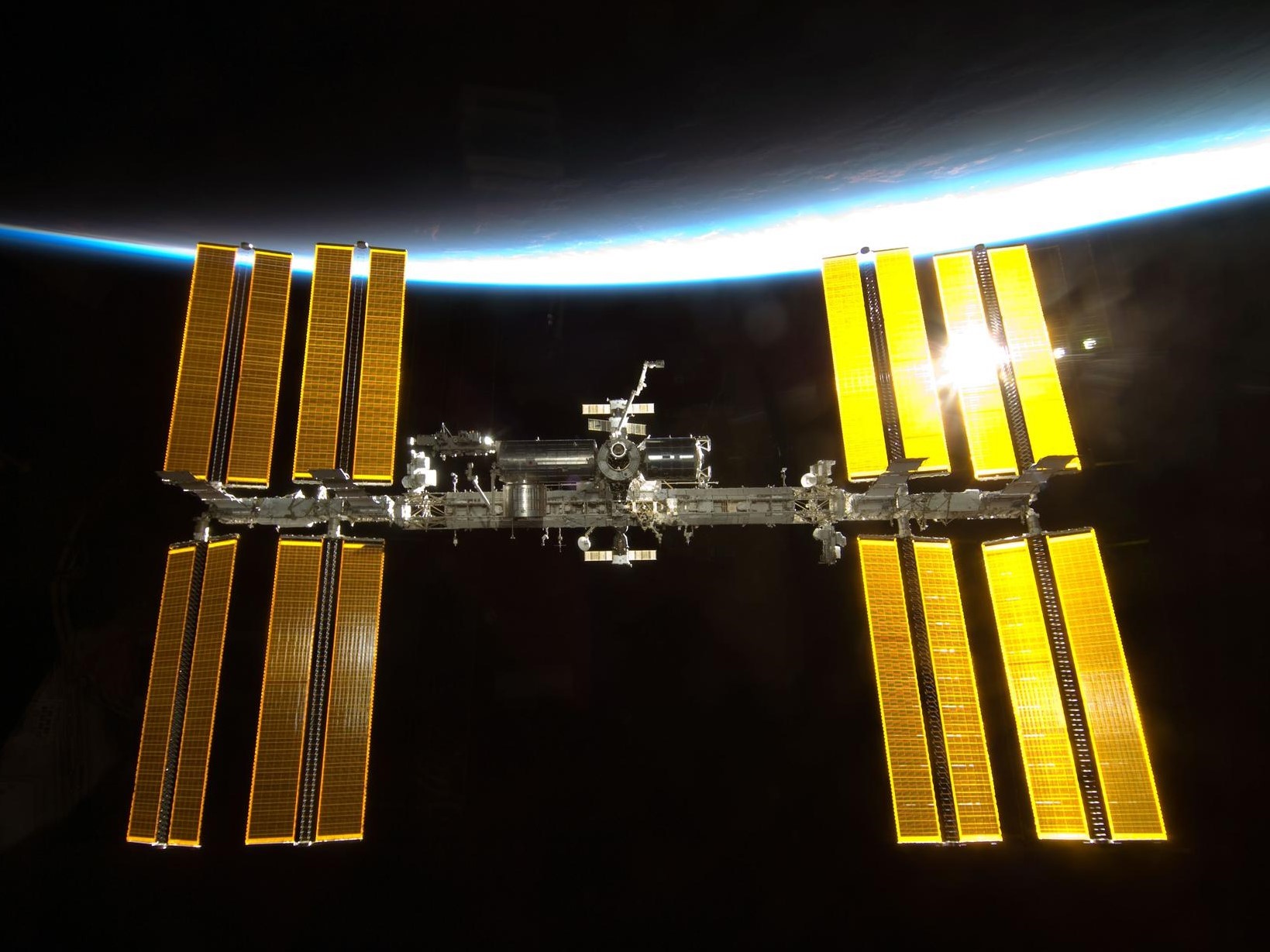
Microorganisms made by Texas Engineers that can be programmed to make a variety of molecules that can be used as food ingredients, fuels, pharmaceuticals and more have been launched to the International Space Station.
-
Aerospace Engineer Maruthi Akella’s Cosmic Milestone
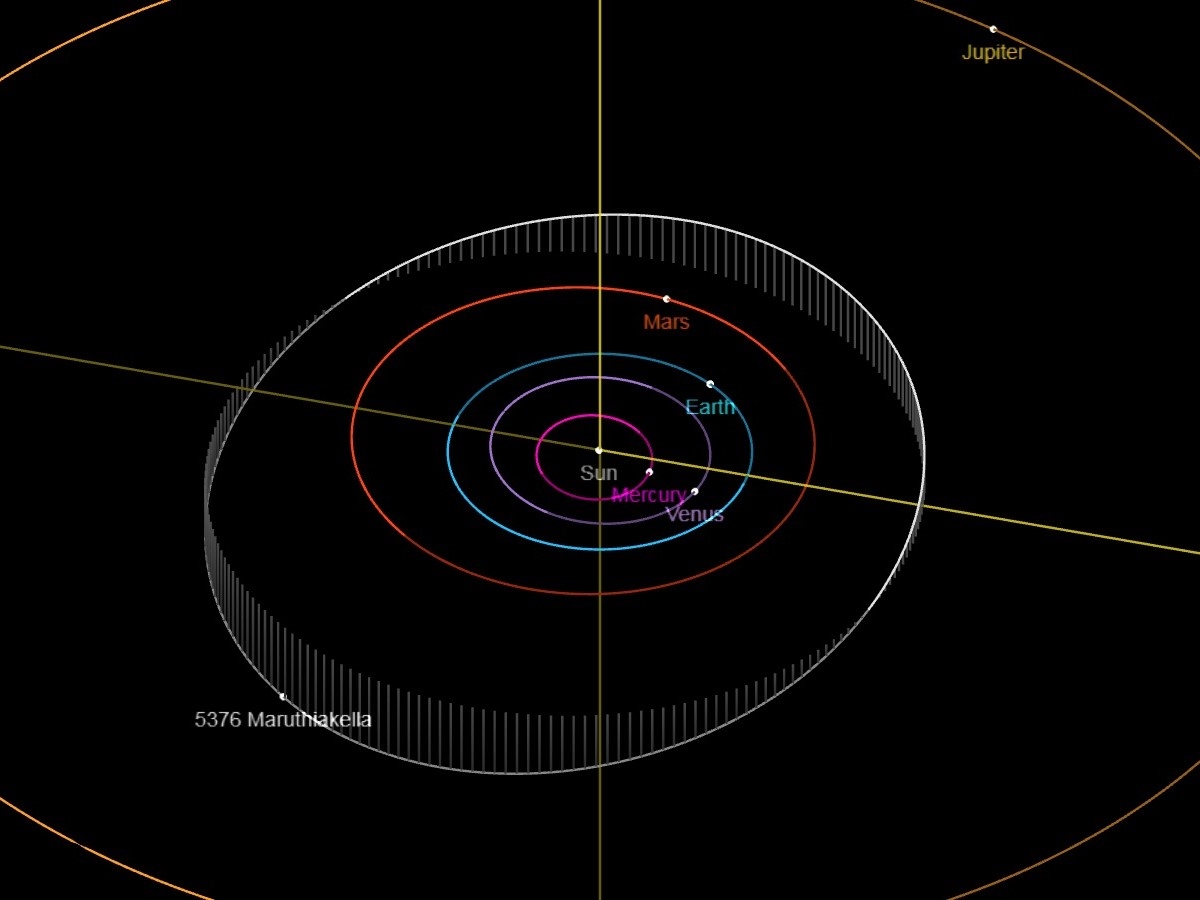
Maruthi Akella recently had an asteroid named for him, a rare honor that includes a rigorous selection process led by an international organization.
-
How Did Life Begin? A Shocking New Twist
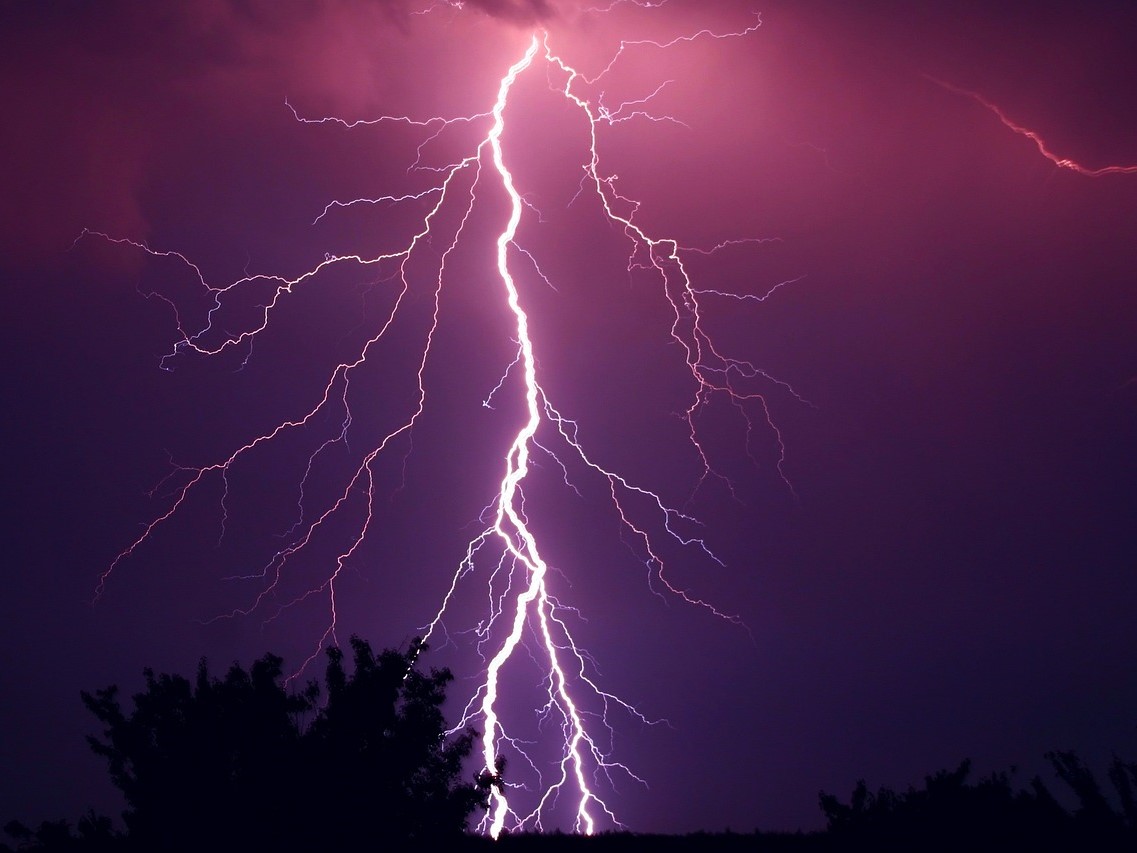
New research zeroes in on how lightning strikes may have served as a vital spark, transforming the atmosphere of early Earth into a hotbed of chemical activity.
-
Texas Engineers Join Space Force Operation, Bringing Robots to Space

Texas Engineers are participating in a groundbreaking U.S. Space Force operation that will propel innovative technologies for in-space operations.
-
Self-Propelling Satellites and Reentry Shields Among New Projects for Aerospace Engineer
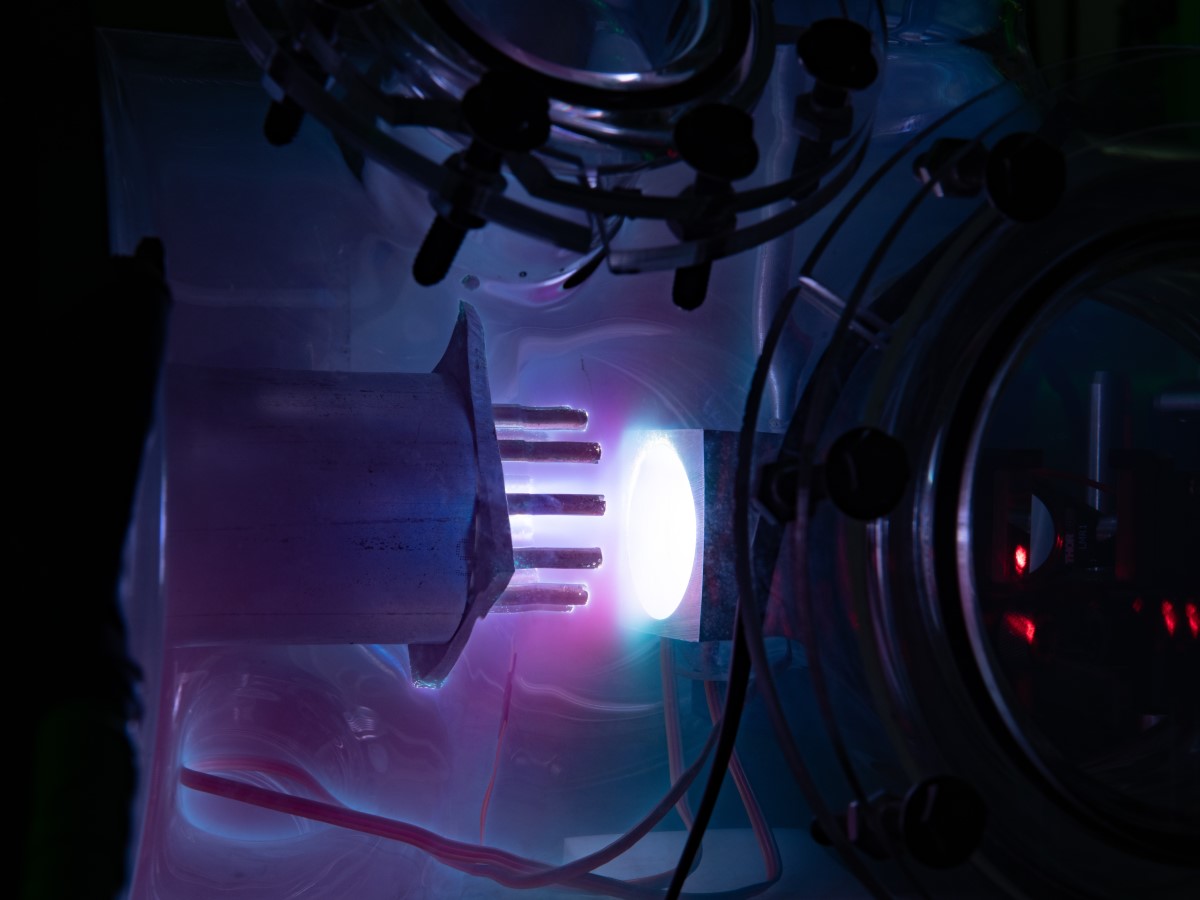
Aerospace engineer Thomas Underwood is studying many applications of plasmas, which involve the infusion of electrical energy into gases.
-
In Their Own Words
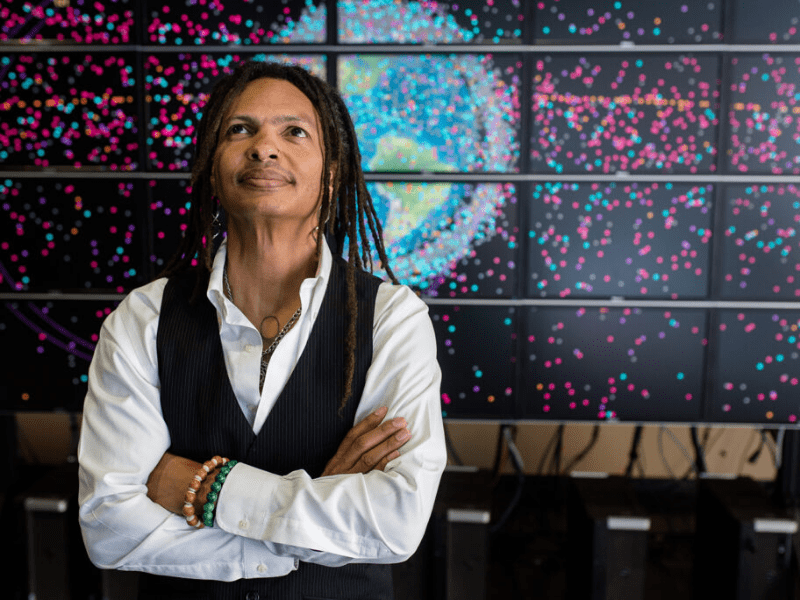
For over a decade, Moriba Jah has been on a crusade to inform the public about the growth and consequences of free-floating space debris.
-
Reaching for the Stars
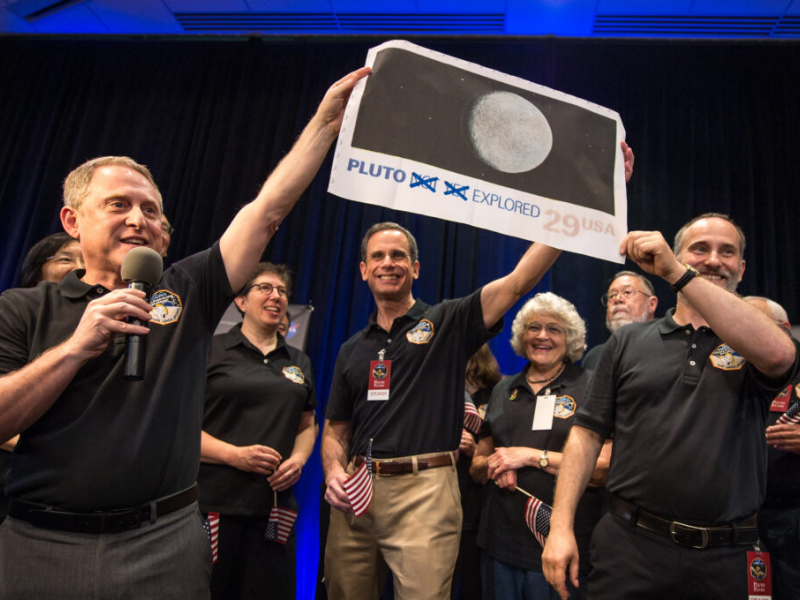
As the principal investigator on NASA’s New Horizons mission, UT alumnus Alan Stern led a team of more than 2,500 scientists and engineers in a history-making effort to explore the Pluto system and the Kuiper Belt.
-
To the Moon and Back... and Back Again
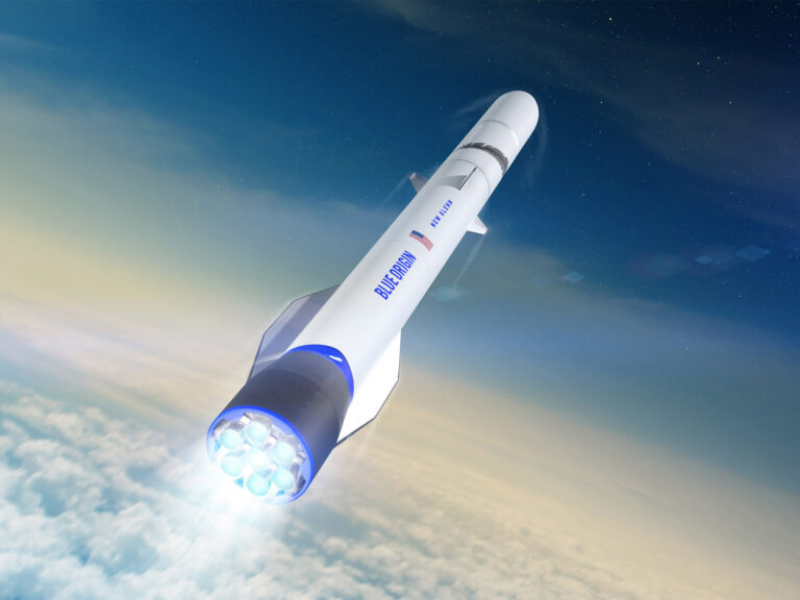
For UT alumnus and Blue Origin CEO Bob Smith, the company’s mission represents a full-circle opportunity to provide a new generation with the same inspiration he received from earlier aerospace accomplishments.
-
How Texas Engineers Helped Complete the First U.S. Moon Landing in 50 Years

Just after 5:30 p.m. on Thursday, Feb. 22, a new era of space travel began just after 5:30 p.m. on Thursday, Feb. 22, when uncrewed lunar lander Odysseus, or Odie for short, touched down on the Moon's surface.
-
How Space Lasers Have Unearthed New Information About Our World

In new research, an all-woman group of authors from five different institutions published an anthology of all the important data unearthed by laser altimetry over the last two decades.
-
Lori Magruder Named Director of Center for Space Research
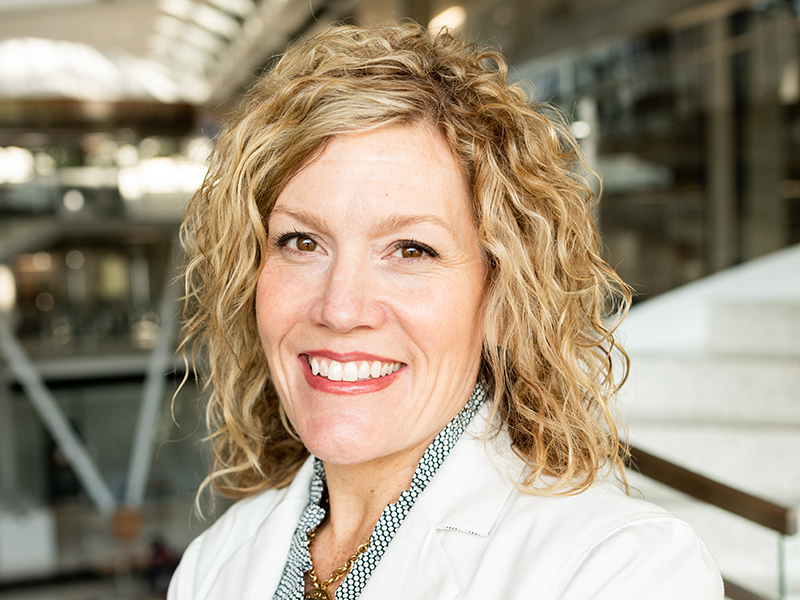
Lori Magruder, an associate professor in the Department of Aerospace Engineering and Engineering Mechanics (ASE/EM), has been named director of the Center for Space Research (CSR), effective Jan. 1. Prior to becoming director, she served as associate director of research and communications from 2020 – 2022, then as the center’s interim director throughout 2023. Srinivas Bettadpur served as previous director from 2018 – 2023.
-
Space Lighthouses: Small Satellites Will Someday Help Navigate Spacecraft to the Moon
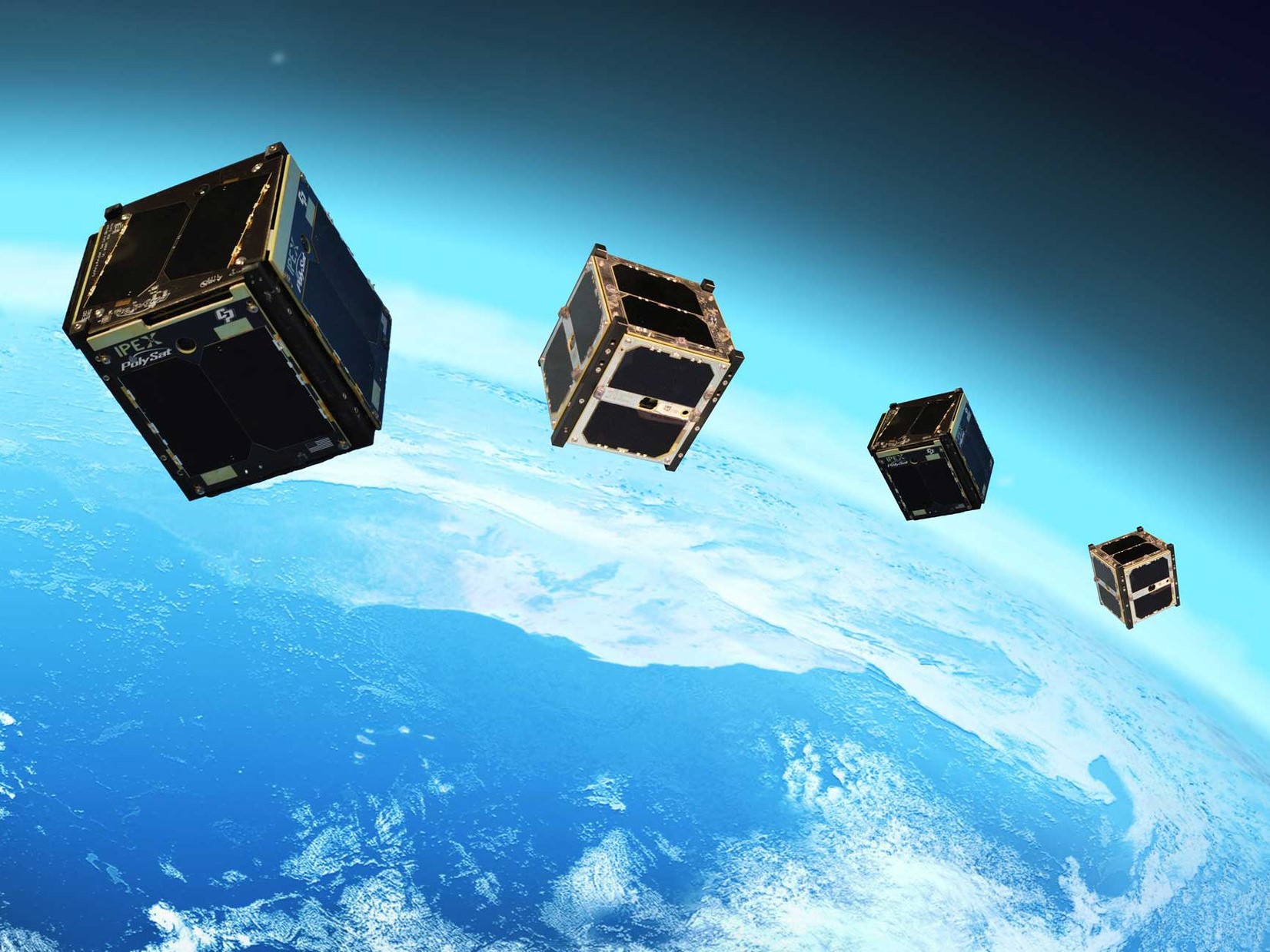
A new agreement with NASA paves the wave for researchers from The University of Texas at Austin and the Texas Spacecraft Laboratory to build and launch a small satellite network with embedded machine learning technology to help spacecraft figure out their location in relationship to the Earth and, eventually, the moon. That will ultimately help ensure more accurate navigation and landing.
-
To the Moon: New Research Aims to Establish Safe and Reliable Mission Operations Through Cislunar Space
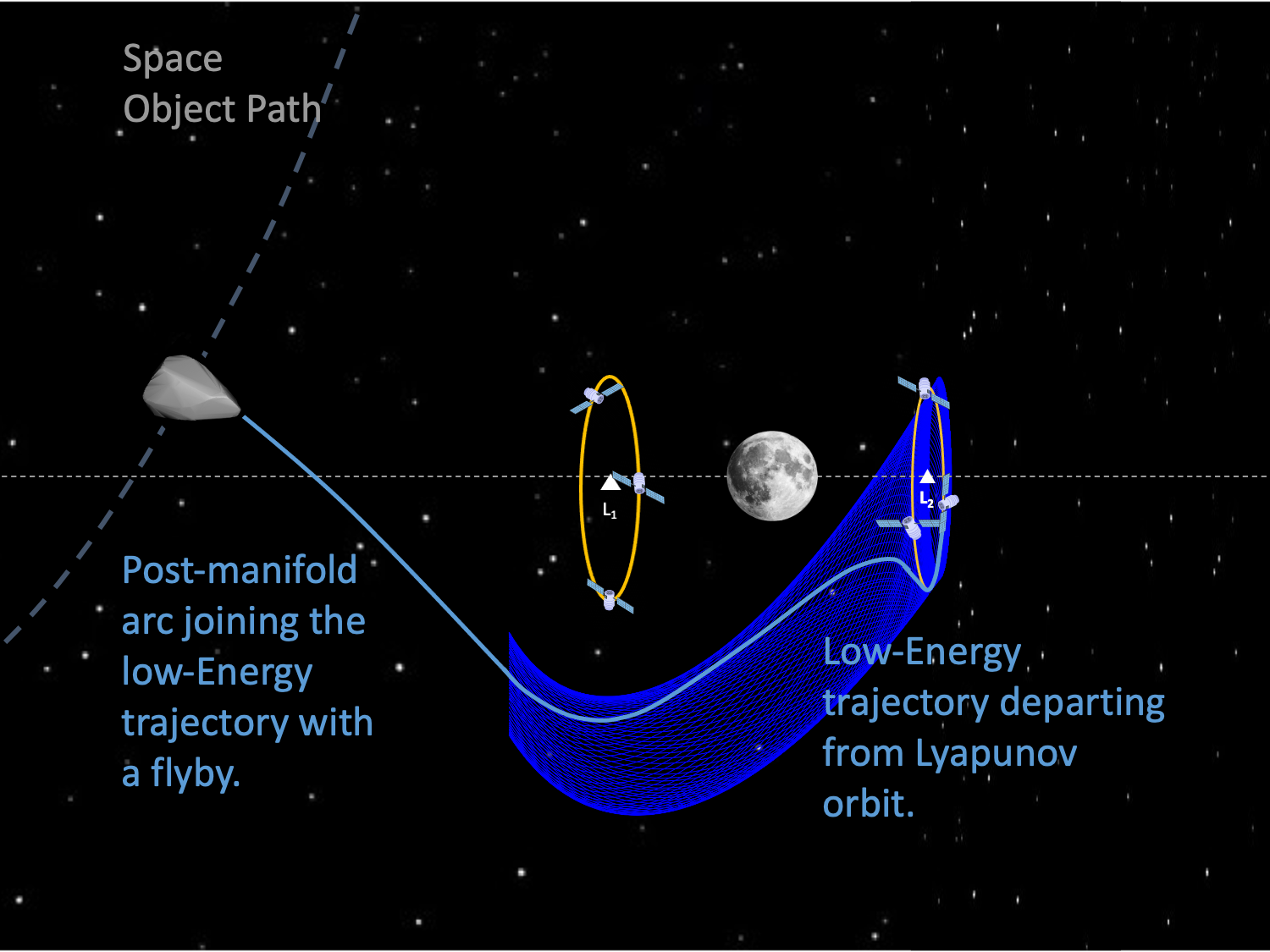
The University of Texas at Austin is collaborating with three other institutions to build the foundation for space operations to, from and throughout the Earth and moon neighborhood. This area, called the cislunar region, is an enormous, three-dimensional volume of space with many complex factors to be incorporated by mission planners and spacecraft designers.
-
Texas Engineers Lead Cislunar Space Research Coalition
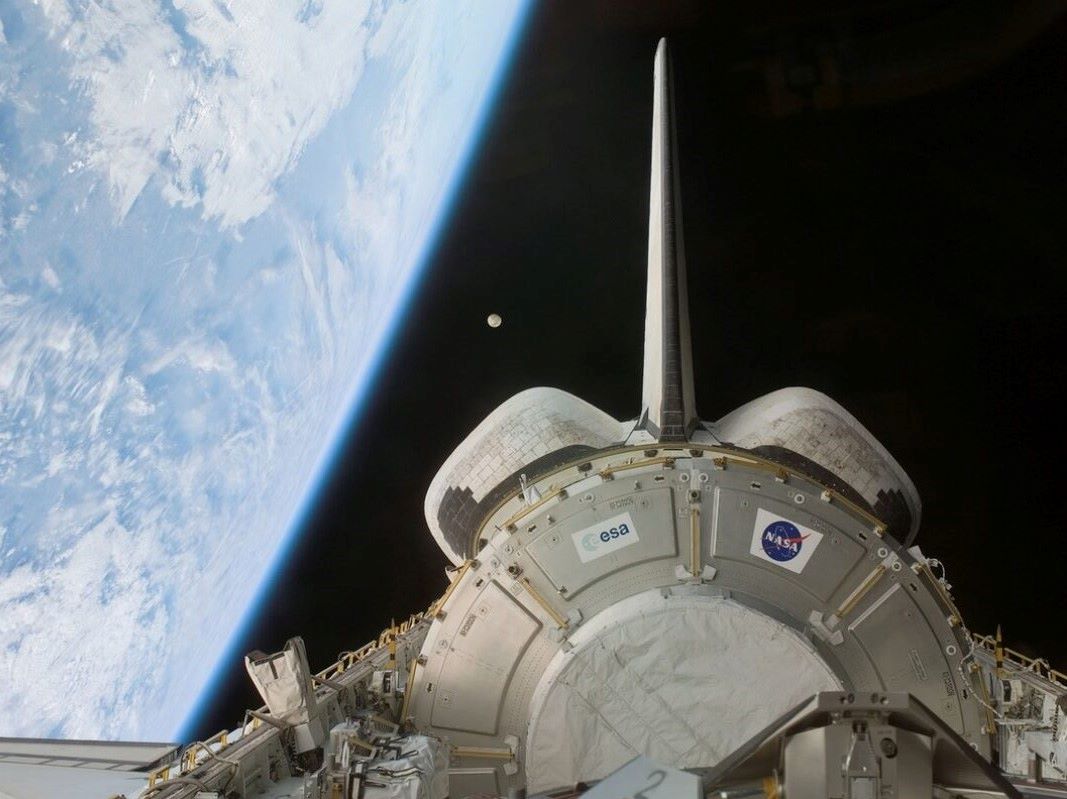
The University of Texas at Austin will spearhead a groundbreaking research collaboration to advance the U.S. Air Force’s ability to understand and monitor activity in cislunar space. The project itself, officially named the “Representations, Theory, and Algorithms for Autonomous Space Domain Awareness in the Cislunar Regime,” seeks to tackle the intricate complications of monitoring and controlling activities within the expansive region between Earth and the moon.
-
Aerospace Alumnus Makes His 2nd Trip to Space
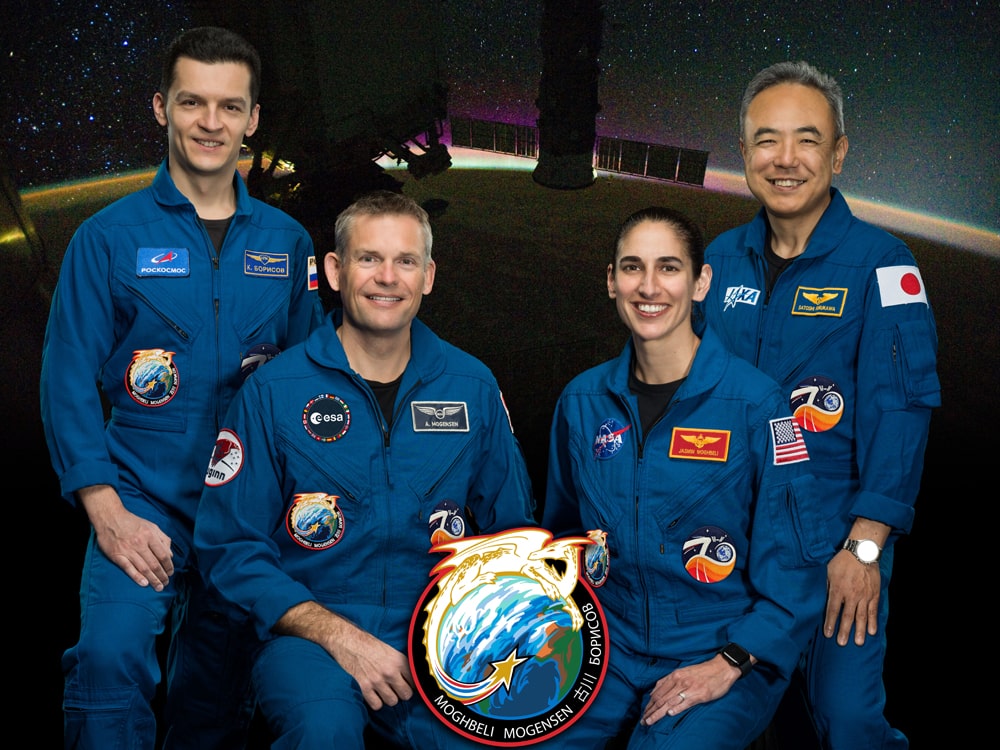
Aerospace engineering alumnus Andreas Mogensen took to the stars today, flying his second trip to the International Space Station (ISS) where he is serving as the mission pilot and space station crew commander for the Huginn Mission.
The six-month mission includes astronauts from NASA, the European Space Agency (ESA), Japan Aerospace Exploration Agency and Russia’s Roscosmos. Mogensen will conduct more than 30 experiments for the ESA during the mission divided into three pillars: climate, health and space for Earth. He will also collaborate with team members on experiments for other space agencies.
-
NASA Astronaut Stephanie Wilson's Skills for Success

When it comes to achieving career goals, Stephanie Wilson is a great example to follow.
She has taken part in three space missions as a NASA astronaut, spending a combined 42 days in space during that time.
-
Quantum Sensing in Outer Space: New NASA-funded Research Will Build Next-Gen Tech to Better Measure Climate

Texas Engineers are leading a multi-university research team that will build technology and tools to improve measurement of important climate factors by observing atoms in outer space.
They will focus on the concept of quantum sensing, which use quantum physics principles to potentially collect more precise data and enable unprecedented science measurements.
-
Scientists Call for Global Push to Eliminate Space Debris

Scientists have called for a legally binding treaty to ensure Earth’s orbit isn’t irreparably harmed by the future expansion of the global space industry.
In the week that nearly 200 countries agreed to a treaty to protect the High Seas after a 20-year process, the experts believe society needs to take the lessons learned from work to preserve Earth’s oceans and apply them to the planet’s orbit. Writing in the journal Science, an international collaboration of experts in the fields of satellite technology and ocean plastic pollution argue for the urgent need for global consensus on how best to govern Earth’s orbit.
-
Student Rocket Lab’s Launch Quest Gets a Boost from Lockheed Martin
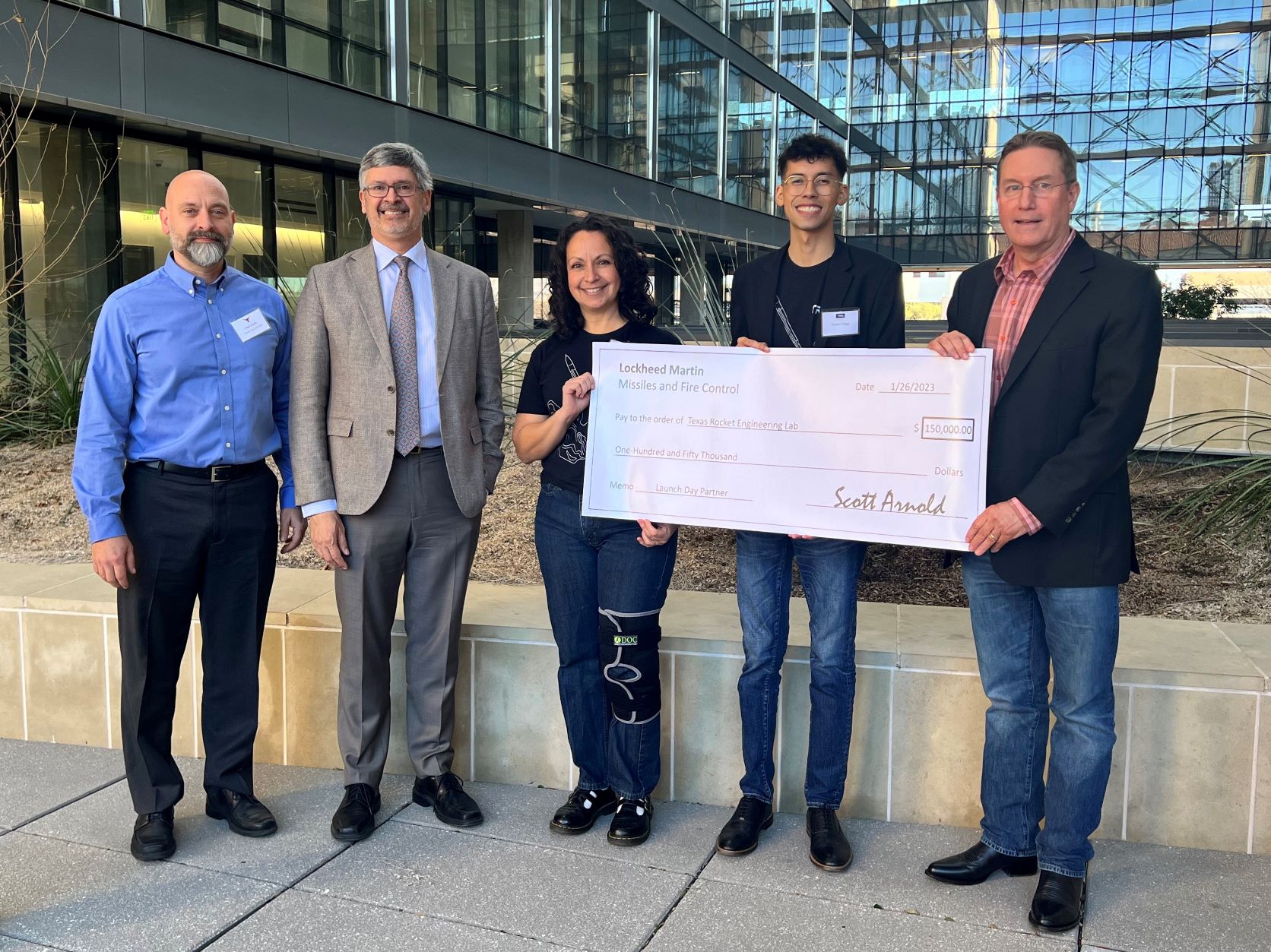
Lockheed Martin is supporting the Texas Rocket Engineering Lab (TREL) at the Cockrell School of Engineering in its years-long endeavor to become the first student-led university team to launch a single-stage, bipropellant rocket to the edge of space.







